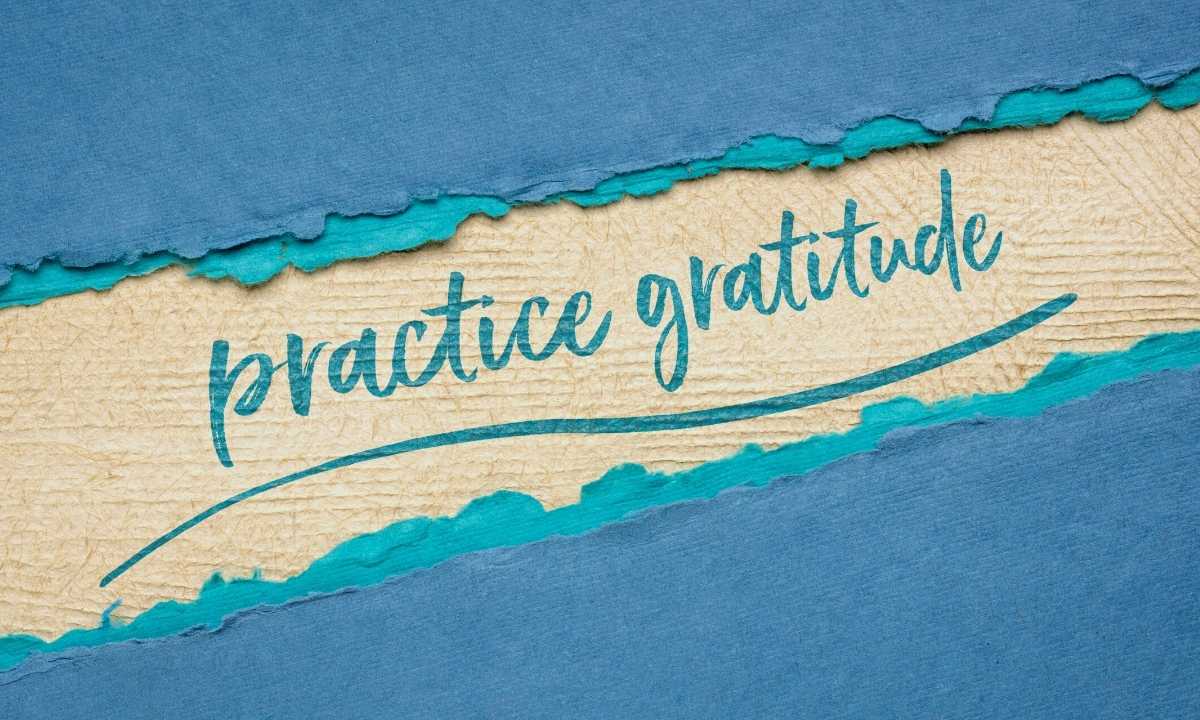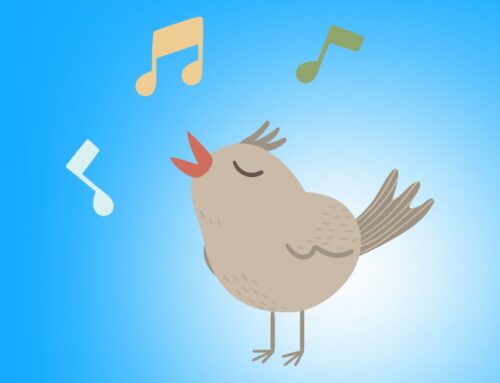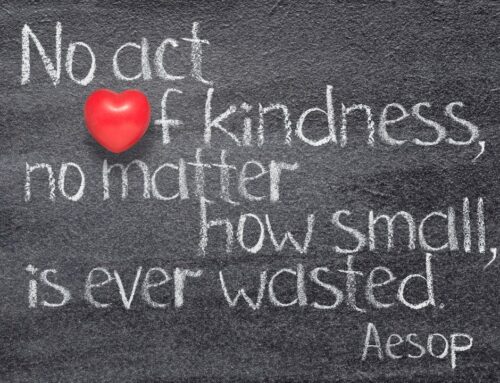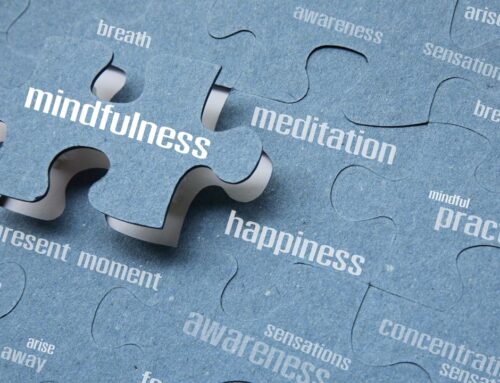There’s something you do that can lower your blood pressure, improve your immune system, deepen your relationships, and make you more optimistic, happy, and compassionate.
Can you guess what it is?
Practice gratitude.
Gratitude is defined as “the quality or feeling of being grateful or thankful.” As emotions go, it’s hard to think of one with more powerful benefits for our health and wellness.
Science continues to confirm the many benefits of practicing gratitude. For instance, did you know that spending five minutes a day writing down things that make us feel grateful has been shown to increase long-term well-being by more than 10 percent — the same impact as doubling your income?
Tapping into the many research-backed benefits of gratitude requires us to do more than wait around for the feeling to strike us. We must practice it. Studies indicate it may take weeks or months of continually practicing gratitude to experience the full range of benefits. So why not start right now?
In addition to being the month when Americans gather to celebrate Thanksgiving, November is National Gratitude Month. Here are some ideas on how to make gratitude part of your daily mindful methods toolbox:
Keep a Gratitude Journal.
Start a notebook or journal dedicated entirely to gratitude. Then, pick one or both of these practices to try:
Writing down what you are grateful for or what you were doing when you felt joy opens your heart to more happiness. You recreate the feeling of joy in your body when you remember the activity that you are writing about and let it fill you up with gladness. This rewires your brain for more happiness and resilience a second time from the same joyful activity!
You can write one-word answers or whole paragraphs. The ideas don’t need to be monumental. They could be as simple as gratitude for having a soft pillow. If possible, make yourself write longhand instead of typing on a device; the physical act of writing has been found to have more brain benefits than typing. But if typing feels more natural, do that. Either way you will get all the health and wellness benefits.
I use the two-question approach, answering what I enjoyed today and what I am grateful for today. When I tried the four-things method, I found it forced and annoying. It’s a personal choice, so try it and see what feels more natural for you.
If you skip a few days, don’t beat yourself up about it; just start again. I have weeks missing here and there in my many gratitude journals. I find if I keep the journal near my toothbrush, I’m more likely to remember to do it.
Start your gratitude journal today and check in with yourself in about three weeks. What positive differences do you notice? How are you feeling?
Being grateful reminds us of the good things in our lives that we might otherwise overlook. The more we train ourselves to look for them, the more we see them. And there’s one more great thing about gratitude: You are never too old to rewire your brain for more happiness and resilience.
With something this simple and powerful at our fingertips there’s no reason not to start improving your experience of life today.




















